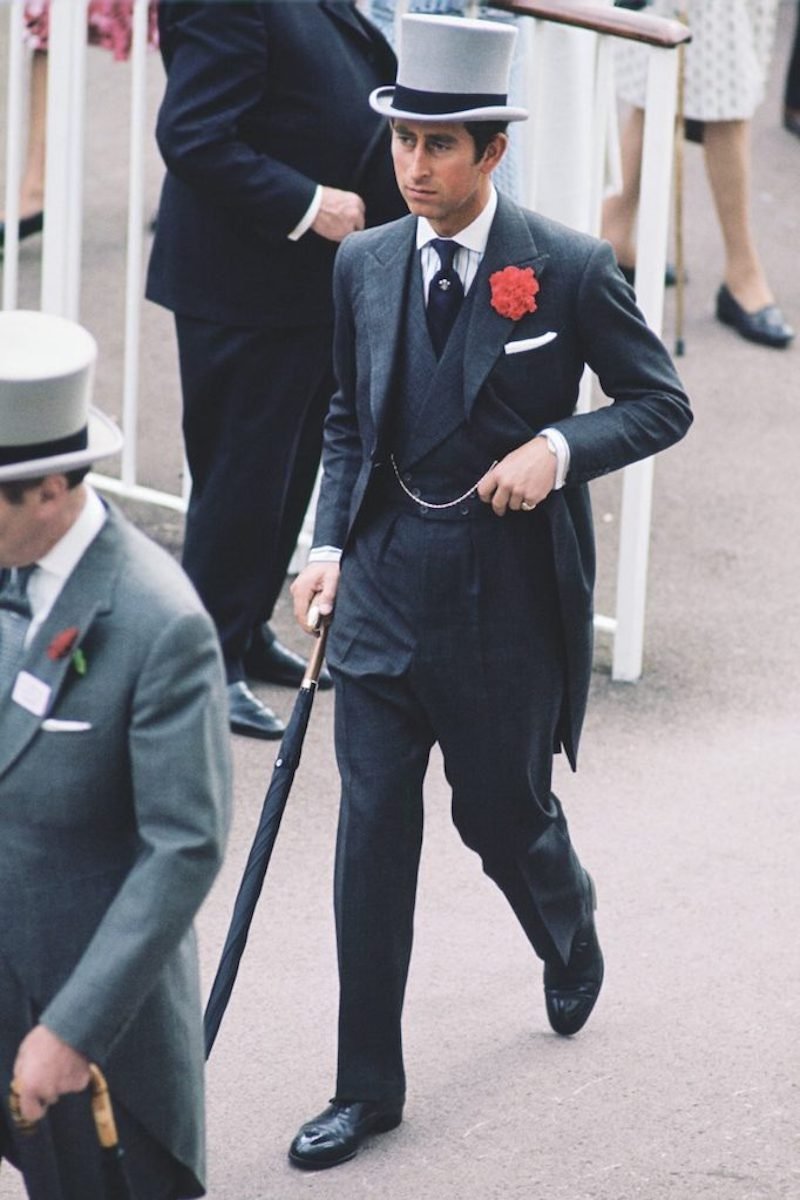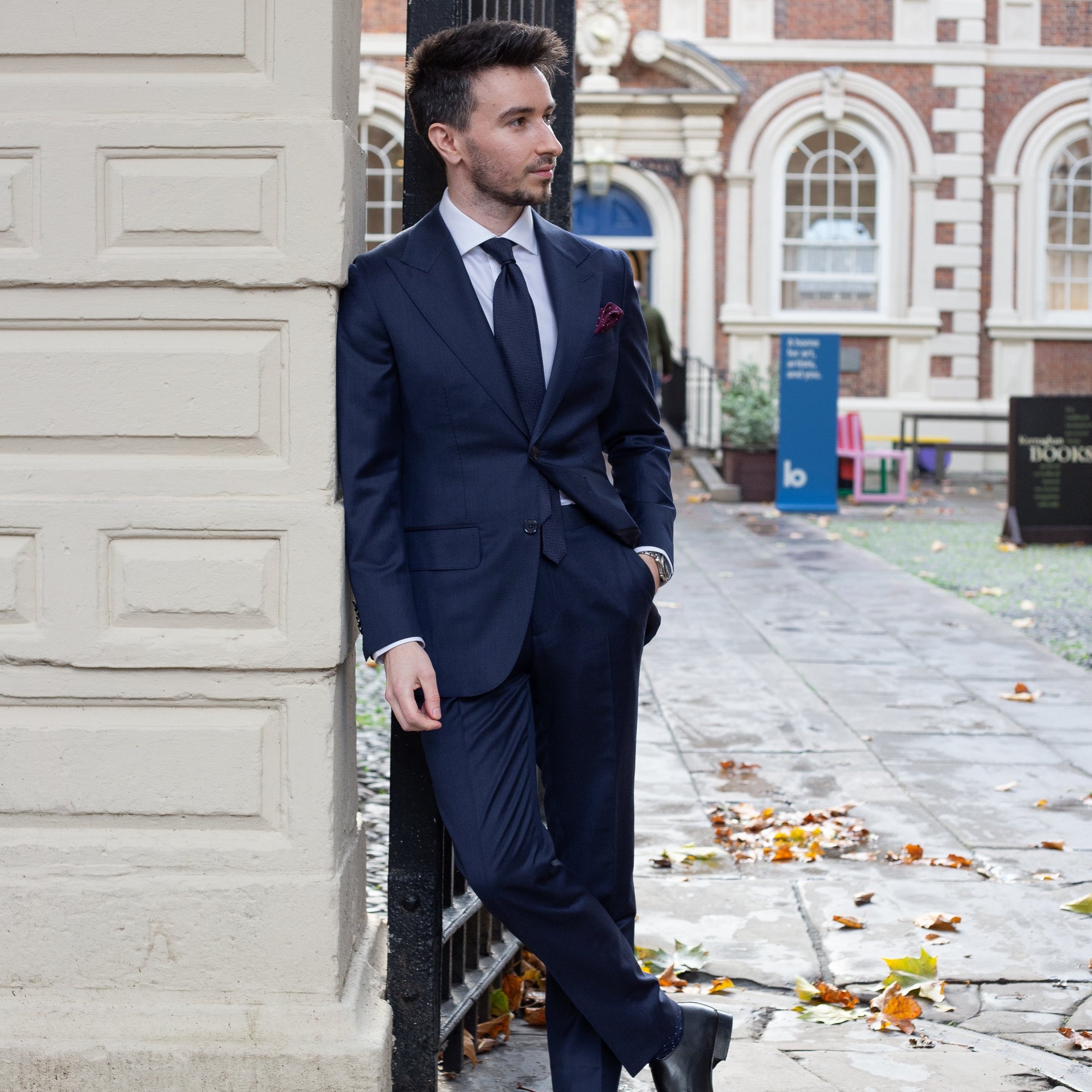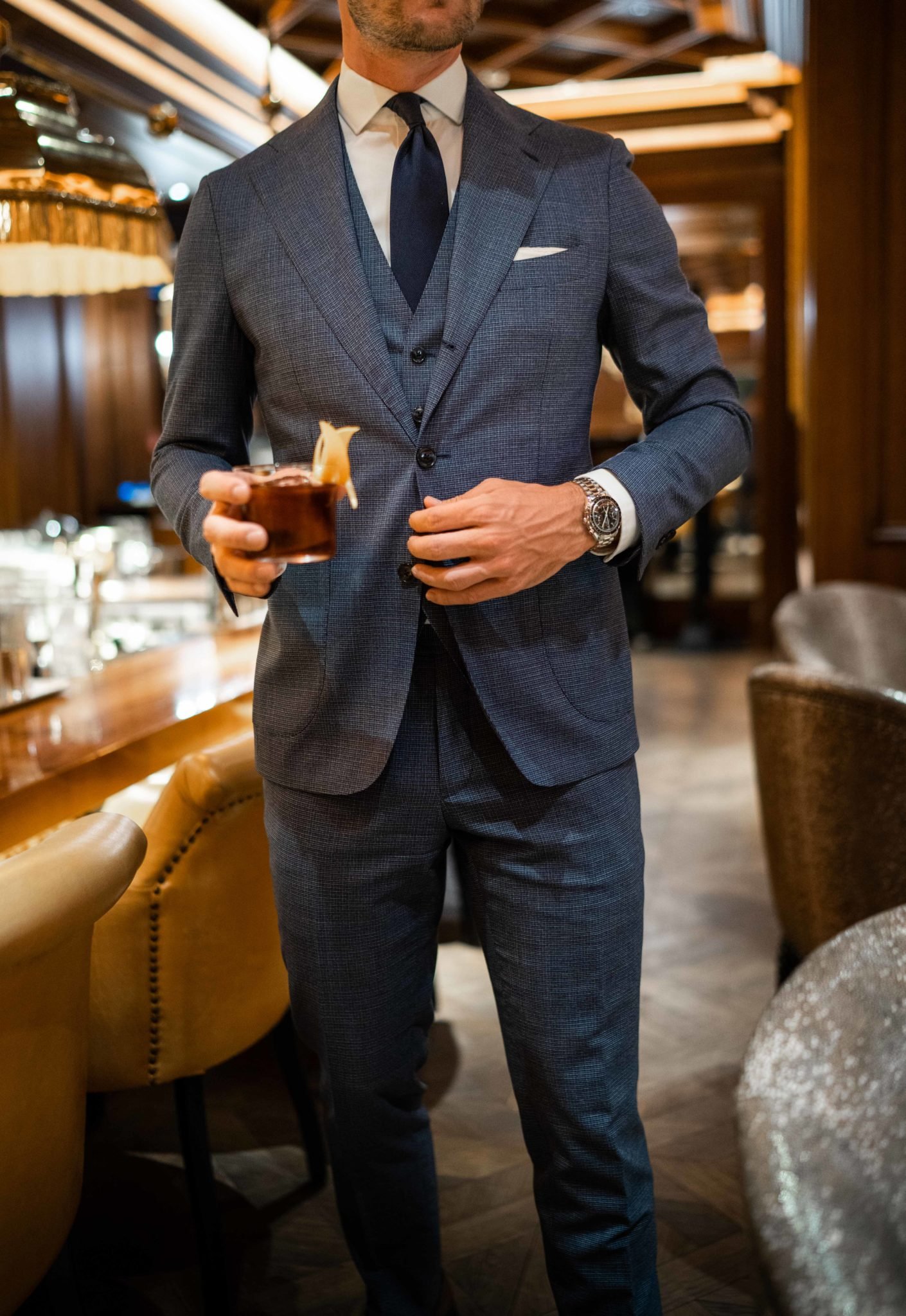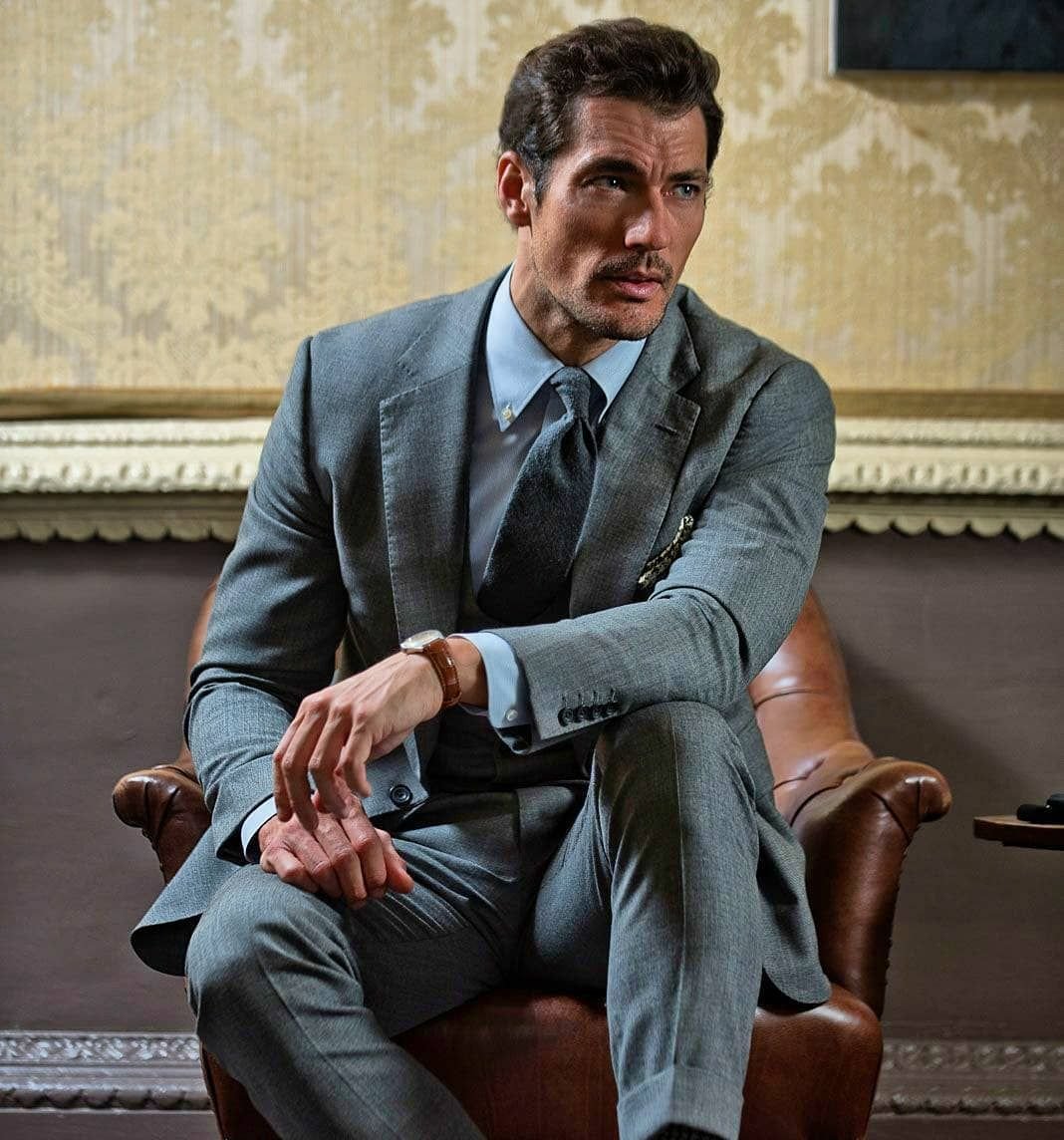5 Formal British Dress Codes You Need To Know
A finely condensed summary of our five most formal dress codes and when you might be expected to wear them.
A young Prince Charles in 1980 kitted out in Morning Dress
Dress codes continue to plague men the world over, but hopefully, we can put that issue to rest by quickly summarising each of the five formal British dress codes and when you might be expected to wear them.
We’ll start with the most formal and work our way downwards.
1. White Tie
White tie or ‘Evening Dress’, ‘Full Dress’, or ‘Tails’, which it can be referred to, is the most formal dress code thus far still available to us. Despite being the most formal, the chances of even the most denizen of socialites owning his own white tie ensemble in this day and age are slim.
However, in the earlier part of the twentieth century, White Tie was still considered the standard evening dress for men, as depicted in several shows such as Downton Abbey and The Crown.
Nowadays, White Tie is a regrettable rarity but will be required for events such as Royal Ceremonies, State Banquets, and Livery Dinners.
Duke of Windsor in White Tie
2. Black Tie
Black Tie - also known as Evening Dress or hinted at as 'Dinner Jacket'- has slowly come to replace white tie for most formal evening wear. You can thank Edward VI for that.
It is most commonly worn at formal dinners and evening events after 6pm, including some galas, balls, and important charity events.
Whatever you do, do not call it a ‘Tuxedo’, since contrary to remaining popular belief, it was not invented at Tuxedo Park. Should you have any qualms about that, you can see the full recorded history of the invention of Dinner Jackets by Edward VI and Henry Poole here.
Cary Grant
3. Morning Dress
Morning Dress is sometimes referred to as ‘Full Day Dress’ or a 'Morning Coat', and is the required dress code for Weddings, formal memorial services, formal daytime events in the presence of The King, and Royal Enclosure at Ascot.
It’s probably the most unflattering of dress codes in this list as it can be hard for most people to look slim and elegant in a black morning coat and mid-light grey pinstripe trousers.
Nevertheless, the Prince of Wales executed this dress code immaculately shortly after the King's Coronation at Buckingham Palace Gardens, placing it equally high on the list in terms of classic British dressing.
As it is day dress, it is specifically worn during day time only, which means before 6pm and no later.
Duke of Edinburgh in Morning Dress
4. Cocktail Dress
Cocktail Dress or Cocktail Attire is a wonderful third way amongst the dress codes of the modern era being slightly more formal than Lounge Suits (Business Attire) but a little dressier and less strict than Black Tie.
Similar to Black Tie, you might see Cocktail Dress as the stipulated dress code for evening events after 6pm, some weddings, business receptions, charity events, and some networking events.
The key differences are in the jacket material and choice of shirt (if indeed a formal shirt and tie at all).
5. Lounge Suits
Although officially considered to be the smartest informal dress code as it is something worn day-to-day and not event-specific, a nice lounge suit still feels like a formal way to dress for the majority of men today. In a world of Crocs and joggers, be a lounge suit.
Lounge suits are most typical for formal office wear, day time business events, and are very common for those working in sectors such as finance, government, and law. If you're not in one of those environments, you may be wrongfully accused of trotting yourself off to an interview, but don’t let that stop you from owning a navy suit, a sine qua non in the wardrobe of any professional or sartorialist.
Shooting for The Modern Gentleman’s Handbook of Style



















